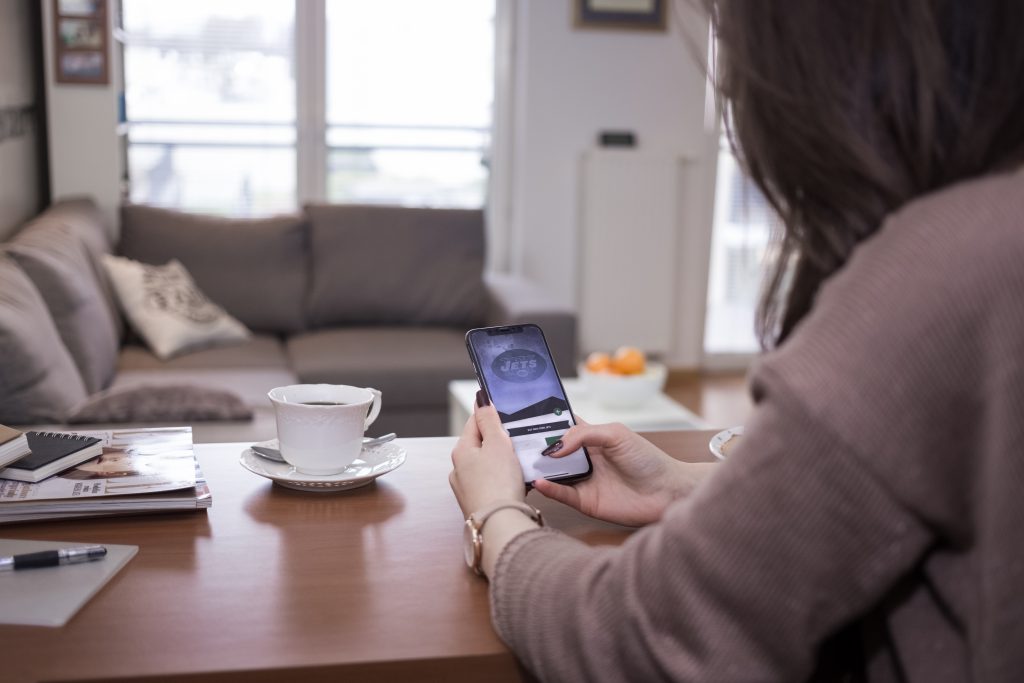Agile Design - Streamlining Product Development for Faster Outcomes
페이지 정보

본문
Intro
Agile Style is changing the means groups develop, examination, and release products. Incorporating agile technique with style thinking, Agile Style uses a flexible and iterative approach that allows teams to respond promptly to market changes, integrate user feedback, and continuously improve item high quality. As businesses significantly aim for a quicker time-to-market and a much better customer experience, Agile Style has emerged as a useful approach.
 What is Agile Design?
What is Agile Design?
At its core, Agile Layout is the mix of dexterous advancement concepts with user-centered design methods. Unlike standard approaches that depend on extensive ahead of time planning, Agile Design urges repetitive cycles and quick responses. This framework concentrates on developing user-focused solutions by adjusting to feedback throughout the advancement process, lowering the danger of missed requirements or late-stage changes. Agile Style inevitably leads to an item that fulfills individuals' needs better.
Key Principles of Agile Layout
User-Centric Strategy: Agile Layout places individuals at the facility. By continually screening and refining based on responses, designers ensure the item straightens with real-world customer assumptions and demands.
Collaboration: Agile design team collaboration Style emphasizes teamwork, damaging down silos and motivating close collaboration between designers, designers, and stakeholders. This enhances interaction and makes sure that each team participant's understandings inform style choices.
Iterative Advancement: Agile Layout depends on repetitive cycles-- brief, concentrated sprints of job that result in quick prototypes and rapid screening. This makes it possible for teams to determine and deal with issues early, enhancing both speed and quality.
Versatility: Agile Style adjusts to altering needs throughout the task. Teams focus on adaptability, readjusting as customer needs evolve or market problems shift.
Benefits of Agile Design
Agile Layout offers numerous key benefits. It increases time-to-market by creating space for fast modifications, decreases squandered sources, and lowers the threat of providing an item that drops short of customer expectations. In Addition, Agile Style promotes a culture of versatility, making it much easier for teams to pivot as brand-new understandings emerge.
Applying Agile Layout
To execute Agile Style, beginning by breaking down the design procedure into sprints, setting clear objectives for each and every stage. Foster a society of cross-functional collaboration by urging interaction between all included groups. Routinely examination layouts with real users to make certain that the product remains lined up with progressing needs.
Incorporating active approach with style reasoning, Agile Style supplies an adaptable and iterative method that allows teams to respond swiftly to market changes, integrate customer comments, and constantly enhance product top quality. At its core, Agile Style is the mix of active development principles with user-centered design strategies. Agile Style eventually leads to an item that meets users' requirements more successfully.
To carry out Agile Style, beginning by breaking down the layout procedure right into sprints, establishing clear objectives for each phase.
Agile Style is changing the means groups develop, examination, and release products. Incorporating agile technique with style thinking, Agile Style uses a flexible and iterative approach that allows teams to respond promptly to market changes, integrate user feedback, and continuously improve item high quality. As businesses significantly aim for a quicker time-to-market and a much better customer experience, Agile Style has emerged as a useful approach.
 What is Agile Design?
What is Agile Design?At its core, Agile Layout is the mix of dexterous advancement concepts with user-centered design methods. Unlike standard approaches that depend on extensive ahead of time planning, Agile Design urges repetitive cycles and quick responses. This framework concentrates on developing user-focused solutions by adjusting to feedback throughout the advancement process, lowering the danger of missed requirements or late-stage changes. Agile Style inevitably leads to an item that fulfills individuals' needs better.
Key Principles of Agile Layout
User-Centric Strategy: Agile Layout places individuals at the facility. By continually screening and refining based on responses, designers ensure the item straightens with real-world customer assumptions and demands.
Collaboration: Agile design team collaboration Style emphasizes teamwork, damaging down silos and motivating close collaboration between designers, designers, and stakeholders. This enhances interaction and makes sure that each team participant's understandings inform style choices.
Iterative Advancement: Agile Layout depends on repetitive cycles-- brief, concentrated sprints of job that result in quick prototypes and rapid screening. This makes it possible for teams to determine and deal with issues early, enhancing both speed and quality.
Versatility: Agile Style adjusts to altering needs throughout the task. Teams focus on adaptability, readjusting as customer needs evolve or market problems shift.
Benefits of Agile Design
Agile Layout offers numerous key benefits. It increases time-to-market by creating space for fast modifications, decreases squandered sources, and lowers the threat of providing an item that drops short of customer expectations. In Addition, Agile Style promotes a culture of versatility, making it much easier for teams to pivot as brand-new understandings emerge.
Applying Agile Layout
To execute Agile Style, beginning by breaking down the design procedure into sprints, setting clear objectives for each and every stage. Foster a society of cross-functional collaboration by urging interaction between all included groups. Routinely examination layouts with real users to make certain that the product remains lined up with progressing needs.
Incorporating active approach with style reasoning, Agile Style supplies an adaptable and iterative method that allows teams to respond swiftly to market changes, integrate customer comments, and constantly enhance product top quality. At its core, Agile Style is the mix of active development principles with user-centered design strategies. Agile Style eventually leads to an item that meets users' requirements more successfully.
To carry out Agile Style, beginning by breaking down the layout procedure right into sprints, establishing clear objectives for each phase.
- 이전글How To Kill Systemic Yeast & Fungi In The Body 24.11.26
- 다음글Financial How You Can Your Future Using Bankrupties Filing 24.11.26
댓글목록
등록된 댓글이 없습니다.






